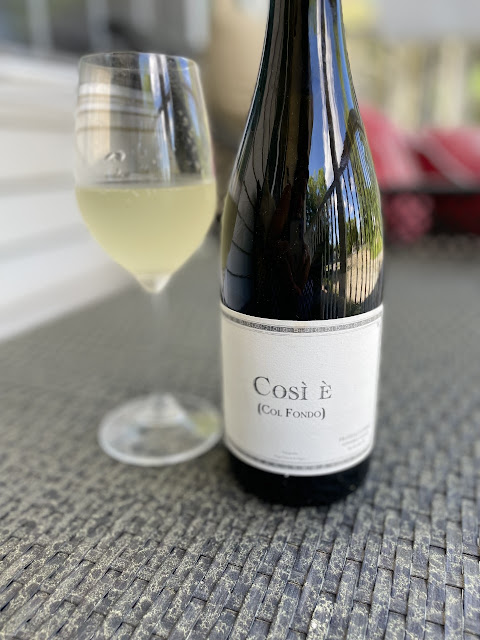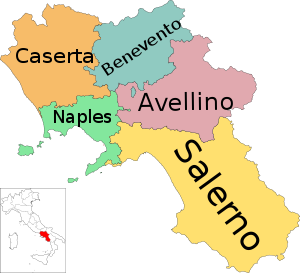On the fourth Friday of June annually is International Rosé Day to celebrate rosé from all around the world. Around a year ago at this time I wrote a piece about the newer Prosecco Rosato DOC wines to hit the market with the 2019 vintage for the Rosautoctono movement. I’ve recently had an opportunity to sample some more and it makes me wonder what took so long for these wines to become a thing. With as much Prosecco that is in in demand on the market and with the growing interest for rosé wines, rosé based Prosecco seems like a no brainer to me.
Prosecco under the Prosecco DOC designation could never be produced in a pink, or rosato, style at least branded under the Prosecco DOC rules and regulations. The idea was broached in 2019, 10 years after the original Prosecco DOC was founded, and on August 11, 2020 the Prosecco DOC Rosato Millesimato was established with the newest wines hitting the market that in October in 2020.
The wines produced under the Prosecco DOC designation come from 4 provinces in the Friuli Venezia Giulia region, or FVG, including Trieste, Udine, Gorizia and Pordenone. They also are grown within 5 provinces in the Veneto region including Venice, Treviso, Belluno, Padua and Vicenza.
As with all designations come the laws that a winery must follow in order to be bottled and carry the designation on the label. With the Prosecco DOC Rosato wines they must be made of at least 85-90% Glera and 10-15% Pinot Noir/Pinot Nero. In order to carry the Millesimato on the label, which represents the actual vintage that the wine was produced from, the wine has to have used 85% of the grapes from that particular vintage.
As with all Prosecco these wines are produced with a secondary natural fermentation called the Martinotti or Charmat method. The wine must undergo this fermentation for a minimum of 60 days.
Last night I sampled the 2020 Perlino Prosecco Rosato DOC Millesimato Extra Dry. This wine is made of 90% Glera with 10% Pinot Nero. I’m including the sugar levels found in Prosecco sourced from the Prosecco DOC Consorzio. Extra Dry may not be what you think as it actually has higher level between 12-17 grams of sugar per liter. This wine was pale salmon in color. When I poured the wine in the glass I felt like I was standing in a strawberry patch. It was refreshing on the palette with juicy strawberry notes and mouthwatering acidity. A perfect end to the day! ABV 11%
Have you tried to Prosecco Rosato DOC and what are your thoughts?







